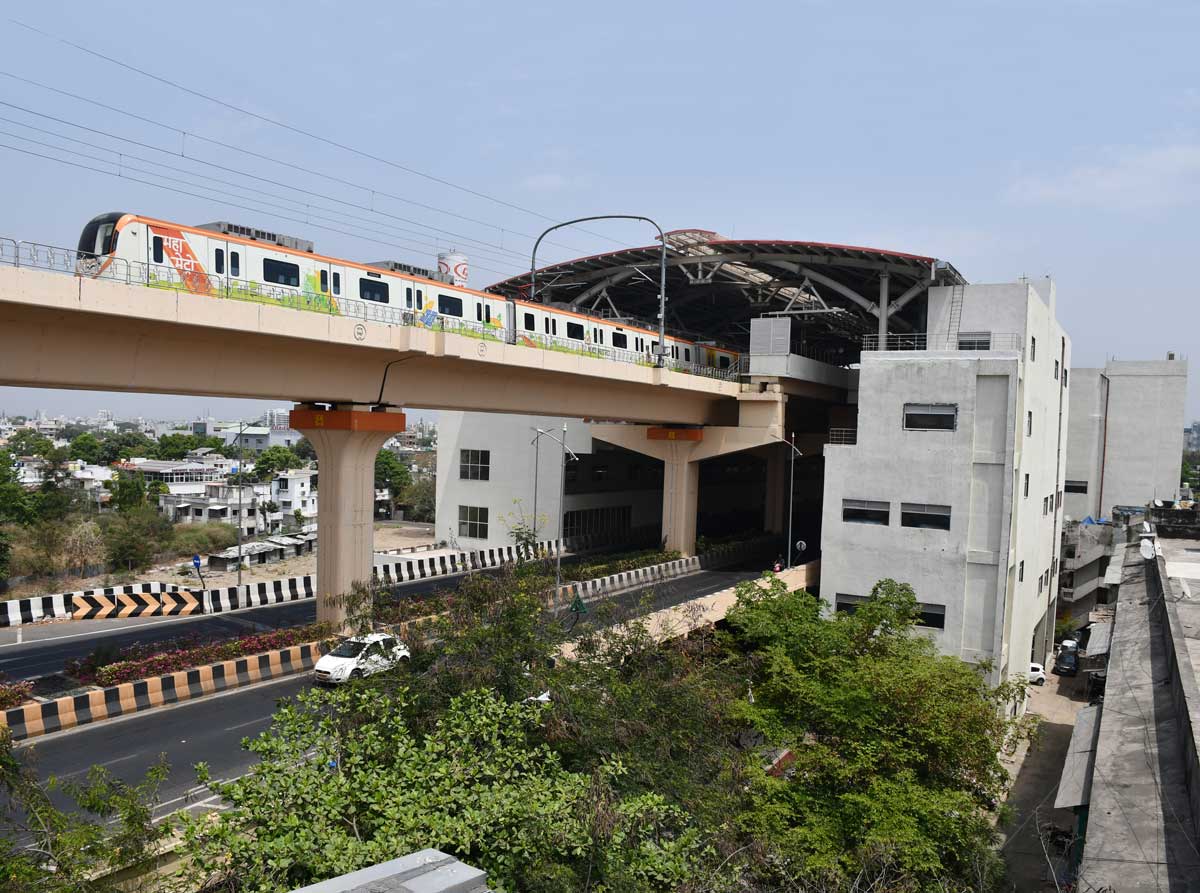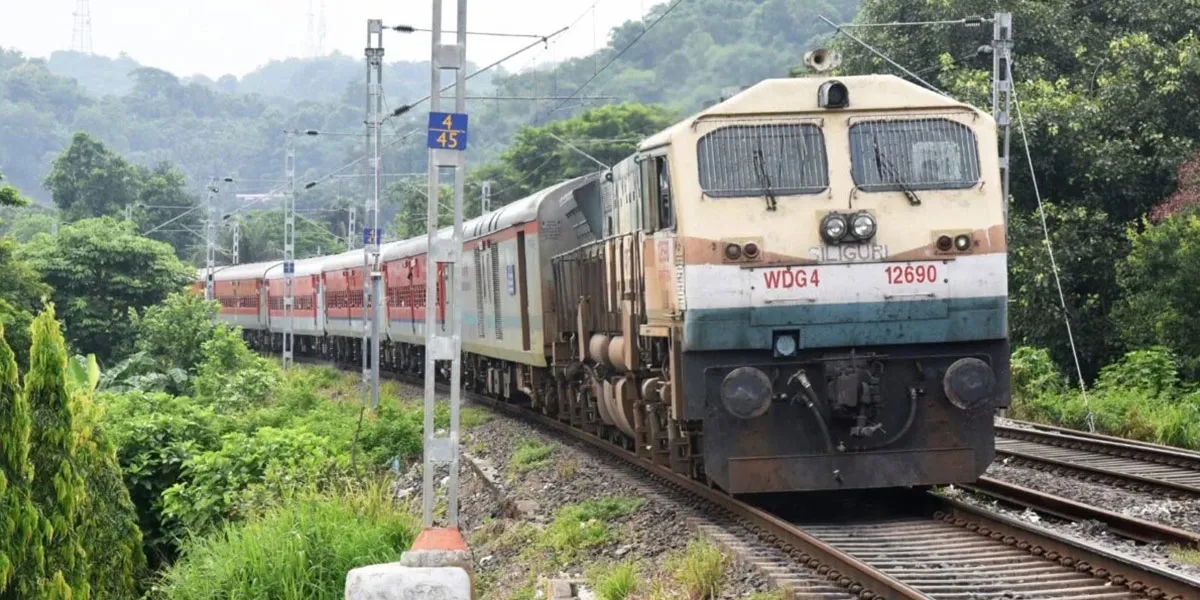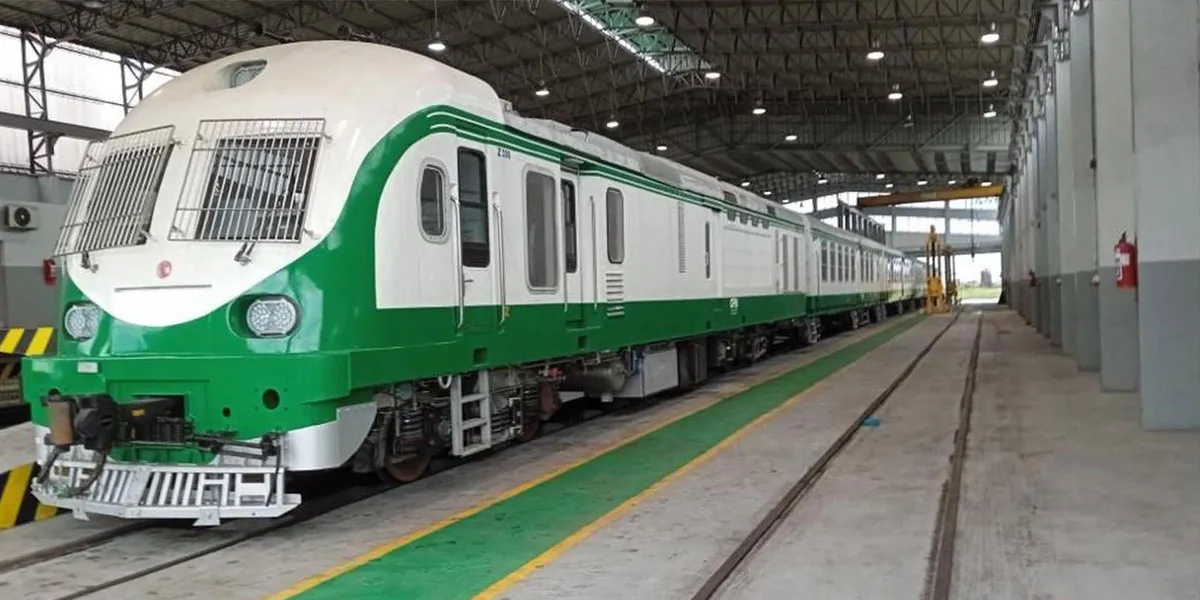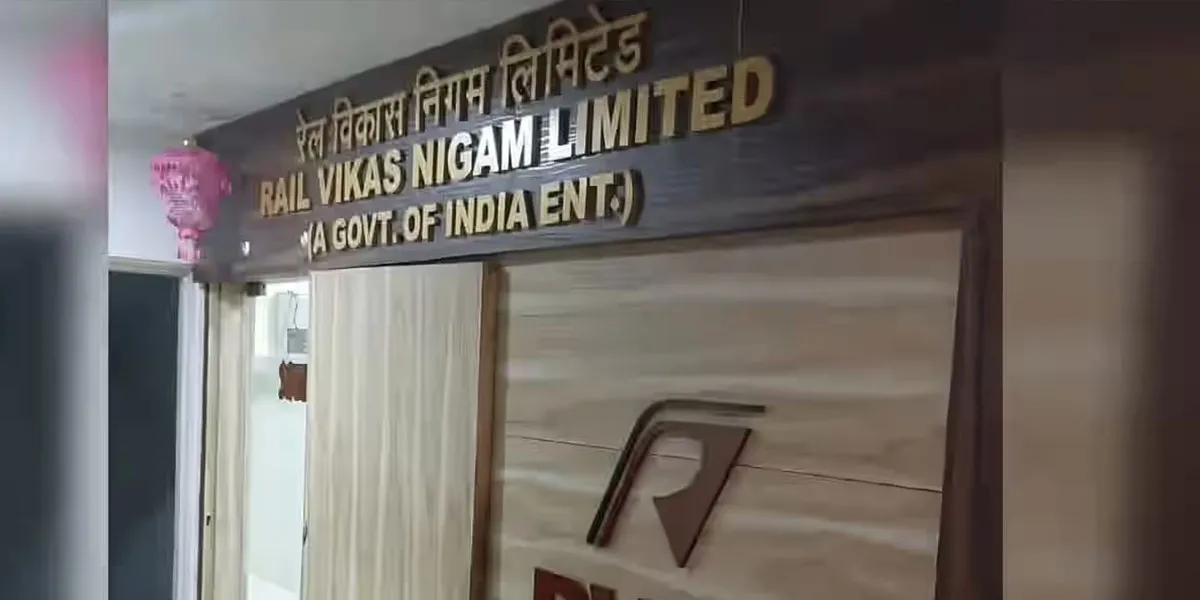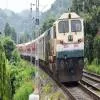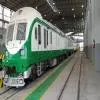Recently, the Nagpur Metro-Rail Project in Maharashtra has set a new record for building Asia’s longest double-decker viaduct. The Maha Metro was able to plan and design this multilayer structure with a metro on top and elevated national highway in the middle, supported on common pillars. This special rib-and-spine design has caused minimum inconvenience to road users and been built in the shortest possible time. Integrating well with the metro structure,it has proved to be cost-effective, faster to construct and aesthetic too.
The initial brief
The Nagpur Metro Rail Project was sanctioned in August2014 as well as the North-South Corridor of the same passes from Wardha Road (NH-361). Subsequently, the National Highways Authority of India (NHAI) sanctioned a flyover of 3.14km on the same road to augment its capacity. Thus, both utilities were to be constructed on this stretch of the highway road passing through the congested Nagpur city. “Had these utilities been constructed on separate alignments, they would have occupied double the space, which is so sparse and would also have caused additional hardship to the public using the roads,” explains Dr Brijesh Dixit, Managing Director, Maharashtra Metro Rail Corporation. In view of this, he confirms that the Minister of Road, Transport and Highway (MoRTH) and Chief Minister of Maharashtra, who are also the public representatives of Nagpur,asked the Maha Metro to explore if both utilities could be constructed on the same alignment, supported on common pillars.
“Another feature associated with this double-decker flyover is the connectivity it provides to the Manish Nagar locality by a connecting flyover on the adjacent railway line,” he continues. For years, residents of Manish Nagar needed to pass a railway level crossingeveryday, but one that mostly remained closed owing to heavy train movement on this North-South cum East-West combined corridor of the Indian Railways. Technical challenges of heavily built-up areas around and inadequate ramp space available in the area delayed construction of a flyover. And the increasing population of Manish Nagar over the years was worsening the problem. The provision of this technically enabled, double-decker flyover resolved the ticklish technical problem as well.
Overcoming challenges
Certainly, there were numerous challenges involved in construction.
The first challenge was an existing flyover in the alignment of this multilayer structure at Chhatrapati Square. “The demolition work was to be carried out in such a way that it should not affect adjoining and nearby structures and had to be completed in minimal time to have the least effect on existing NH traffic,” says Dr Dixit. Considering this, the demolition was completed in a record-breaking time of just eightdays, including the removal of debris.
Second,the launching of spines and ribs on an extremely busy road (Wardha Road) of Nagpur was a challenge. “Hence, the MahaMetro devised a unique ‘double-decker launching girder’for the simultaneous erection of precast segmental girders of the metro viaduct as well as the multilayerviaduct,” explains Dr Dixit.
Constructing three stations over this double-decker structure also posed enormous challenges, which the corporation had to overcome.
Tech talk
Technology has played a major rolein the construction and saving time and project costs.
As Dr Dixit explains:
The first was the fact that a common pier was used for both the metro viaduct and NHAI superstructure. The idea of utilising a common pier by optimising the design has greatly saved the cost of construction of the foundation and the time required to provide separate foundations for both the metro and NHAI. Further, it improved the aesthetics and land acquisition was minimised.
Secondwas the use of spine-and-wing technology for the construction of the multilayerviaductdeck. This allowed the smoother and sequential launching of segments of both the metro and multilayerviaduct. The double-decker launching girder was provided for simultaneous launching of segments of the metro as well as spine segments of NHAI. Special attention was paid to the additional construction loads raised owing to the self-weight of the double-decker launching girder.
These rib launchers were installed and fixed on already erected spines, then using these launchers. Ribs were erected and transverse, andprestressing of spine and ribs was done to unite the structure.Both technologies resulted in hassle-free work without causing any disturbance to local commuters.
All about rib and spine
The rib-and-spine technique involves the erection of the deck for NHAI into two parts. As Dr Dixit explains:
In the first part,the spine/central part segment span launching was done. These are precast segments erected using launching girders. For the spine segment, launching of the precast segments of the spine spans are carried out using a ‘wing launcher’. Major activities involve segment erection;segment alignment and gluing;span stressing;load transfer of NHAI span to pier cap; Macalloy bars decoupling;and auto launching of the launching girder. Similar stages are followed for metro spans simultaneously using the same launching girder.
In the second part,ribs and end portion segments’ span on both sides of the central span were erected. These are all precast, which are erected using gantries. Activities involved erection of the wings gantry; precast wings lifting; wings alignment and levelling; shutter fixing for stitch concreting;reinforcement tying of stitch concreting; stitch concreting; transverse prestressing; load releasing from launcher; transverse ducts grouting; and auto-launching of the gantry to the next span.
Pre-casting of the segments saved the cost of additional space required for castingsegments at site. Further,the launching girder system made it possible to execute the work of lifting, gluing, stressing and aligning even during high traffic volume. The traffic diversion works were carried out easily during night-time.
Materials for a longer life
One of the special features of the viaduct is the use of spherical bearings for the NHAI deck. “These have been used to balance the deck movement laterally and longitudinally and designed to take considerable rotation as well as displacement, and with their functioning life of 25 to 30 years provide better lifespan to the structure,” says Dr Dixit.To cater to the heavy loads coming onto the substructure from the NHAI multilayer viaduct, 420 spherical bearings have been used in all 105 spans of the viaduct.
The NHAI deck has both a longitudinal and lateral post-tensioned, prestressing cable arrangement, which further enhances the economics of the design and avoids bulkiness of the structure.
“Concrete quantity of around 34,000 cum, high-yield strength steel of grade Fe 500D around 6,000 mt, HT- strands of 1,050 mt were used in the project,” he adds. “To cater for heavy prestressing forces, concrete grades of upto M70 were used in this project.”
The concrete surfaces exposed to the atmosphere of the NHAI double-decker flyover have been coated with anti-corrosive epoxy paint with primer and epoxy coats of approved quality and colour. Epoxy coating increases the life of concrete surfaces exposed to dust, fumes and other pollutants. It has a UV protection film and prevents the interaction of harmful UV rays with the concrete surface. It helps maintain a uniform colour and texture of the concrete surface.The dust and soot accumulated on painted surfaces are easier to clean and maintenance cost is low.
Ensuring safety during execution
The designs of the launching girders were proof-checked by third-party structural engineers andthe physical inspection of launching girders was done by general consultants and third-party structural agencies. All welding of LGs was ultrasonically tested.Load tests were conducted before the use of launching girders. Erection method statements were scrutinised by general consultants; work commencedonsiteonly after approval.
The central corridor of alignment of around 9-m width was barricaded with steel barricades that were lit at night with LED rope and blinker lights to avoid any mishaps at site. Workers were provided with safety kits during construction. Traffic marshals as well as blinker lights were deployed along with the trailers carrying spine and ribs to avoid any accidents during movement from the casting yard.
Erection of the ribs was done only at night after complete barricading of the lifting area.Safety managers were deployed by consultants and contractor and approved safety protocols were followed throughout the project.Toolbox talks were conducted for educating workers regarding safety of work and mock drills were conducted. Each and every work was planned and coordinated with local administrations like NMC andthe traffic police.
Coming up next!
In Phase 1, only two such projects are being executed by the Maha Metro.As Dr Dixit shares, “The other work of a multilayer viaduct in the Reach2 section starting from the LIC Square to Automotive Square for a length of about 5.63 km is under an advanced stage of completion. Both structures are located on the North-South Corridor of the Nagpur Metro project (Wardha Road), which extends upto the Automotive Square metro station. Most important, the two structures share right of way, thus saving time and cost at both locations. The Wardha Road structure is 3.14 km, while the one under construction on Kamptee Road is 5.7 km. Thus,the Maha Metro will break its own record of the longest elevated structure after construction work on the second one is completed! Together, the two highways would have a collective length of about 9 km and ensure another global record to the Maha Metro’s credit.”
The under-construction elevated structure also includes a four-layer structure in Gaddigodam. In February this year, the Maha Metro scripted history with the successful launch of a 85-m-long and 1,600-tonne heavy girder in Gaddigodam over the railway track. This was the first time that such a gigantic task has been executed. The highest ever girder launching is part of the four-layer transportation system at Kamptee Road (Gurudwara) – part of the North-South Corridor of the Maha Metro. The Nagpur-Delhi Railway track over which the work was executed is one of the busiest railway lines with over 150 trains passing over it every day.
Inspiring success
The multilayer viaductwill cater to vehicular traffic – especially heavy vehicles plying on the highway – while the metro route will help in faster transportation of commuters, especially those travelling in hundreds to reach their workplace every day in the industrial estate ahead.
Congested roads and heavy traffic in cities like Nagpur, Delhi, Pune, Bengaluru and Mumbai add to construction woes. Space constraint is a challenge in these cities. The fact that these projects are to be completed well in time and be cost-effective adds to the challenges. The primary imperative for project managers is to ensure that the common man faces minimum hardship. Shifting of utility services like the water supply pipeline, electricity and telephone cables and sewer lines is an immense challenge. The Maha Metro has successfully overcome all these challenges to execute Phase 1 of the Nagpur Metro Project.
Project details
Project: Design and construction of a multilayer viaduct carrying metro and NHAI flyover in Reach1 between Ajni Station and Airport Station from CH 10,253 m to 13,663 m on the North-South Corridor of the Nagpur Metro Rail Project
Location: Reach 1 between Ajni Station and Airport Station from CH 10,253 m to 13,663 m on the North-South Corridor of the Nagpur Metro Rail Project
Construction cost:Rs 375 crore
Year of completion: 2020
Total length of the viaduct: 3.14 km
Records achieved: Asia Book of Recordsand India Book of Records
Developer: Maha Metro & NHAI
Contractor: NCC
Equipment suppliers: Bridgecon, NC Infra, Dynamic Pre-Stress, Techno Craft
Technology suppliers: Bridgecon, NC Infra,Techno Craft
Material suppliers: UltraTech Cement, SAIL, RINL,TATA Steel, Jindal Steel, Usha Martin, Mageba, Sanfield India, Tricon Polymers, Anshuk Polymers, Kantaflex
Consultants: Srish Patel & Associates from Mumbai and proof-check by L&T
- SHRIYAL SETHUMADHAVAN
